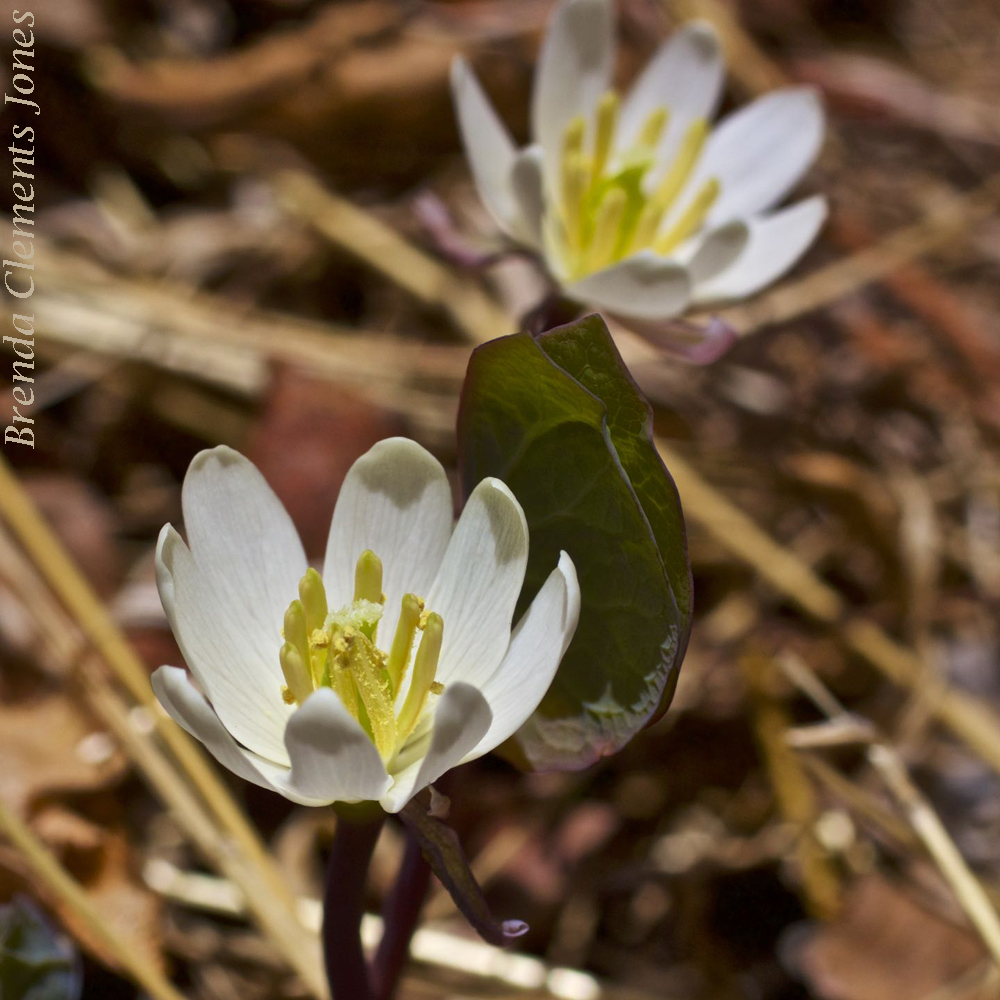
Ah, the change of seasons. How I love the change. How boring it would be if we only had one season. And now the beginning of meteorological spring. Soon flowers will be bursting forth with a cacophony of color. What a change from the impressive, black and white/pen and ink drawing, landscape of winter.

One of the first, a very early wildflower, Twinleaf (Jeffersonia diphylla), is native to eastern North America. It is a plant that I must remind myself to hunt for. It emerges, buds ready to open, well before I’m used to finding wildflowers blooming.

Here in the mountains of central Virginia, that crucial time is late March into early April. Each flower only lasts for a very few days, so searching at the right time is important.

As the flowers enjoy their few days, the leaves hold back, not to come into their own until the show is done for the blooms.

Then it becomes evident why this plant has the name, Twinleaf, with its appearance of butterfly wings or angel wings, a pair of leaves joined at the stem.

Then comes the seedpod which starts out with the look of a goblet and as it matures it takes on the appearance of a comicstrip character with a mouthful of seeds.

The Twinleaf has seeds that ants are attracted to. These seeds are carried by the ants to their nests, because they have a fatty appendages, called elaiosomes, which the ants feed to their larvae. In the process, the seeds remain intact and are discarded, where they often take root. This process, which is surprisingly common is called myrmecochory. And who would have thought – ant farmers!
